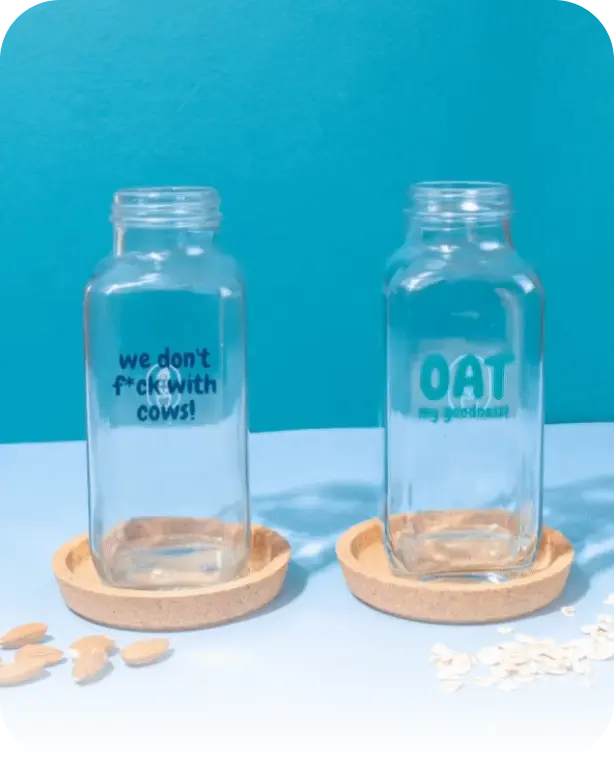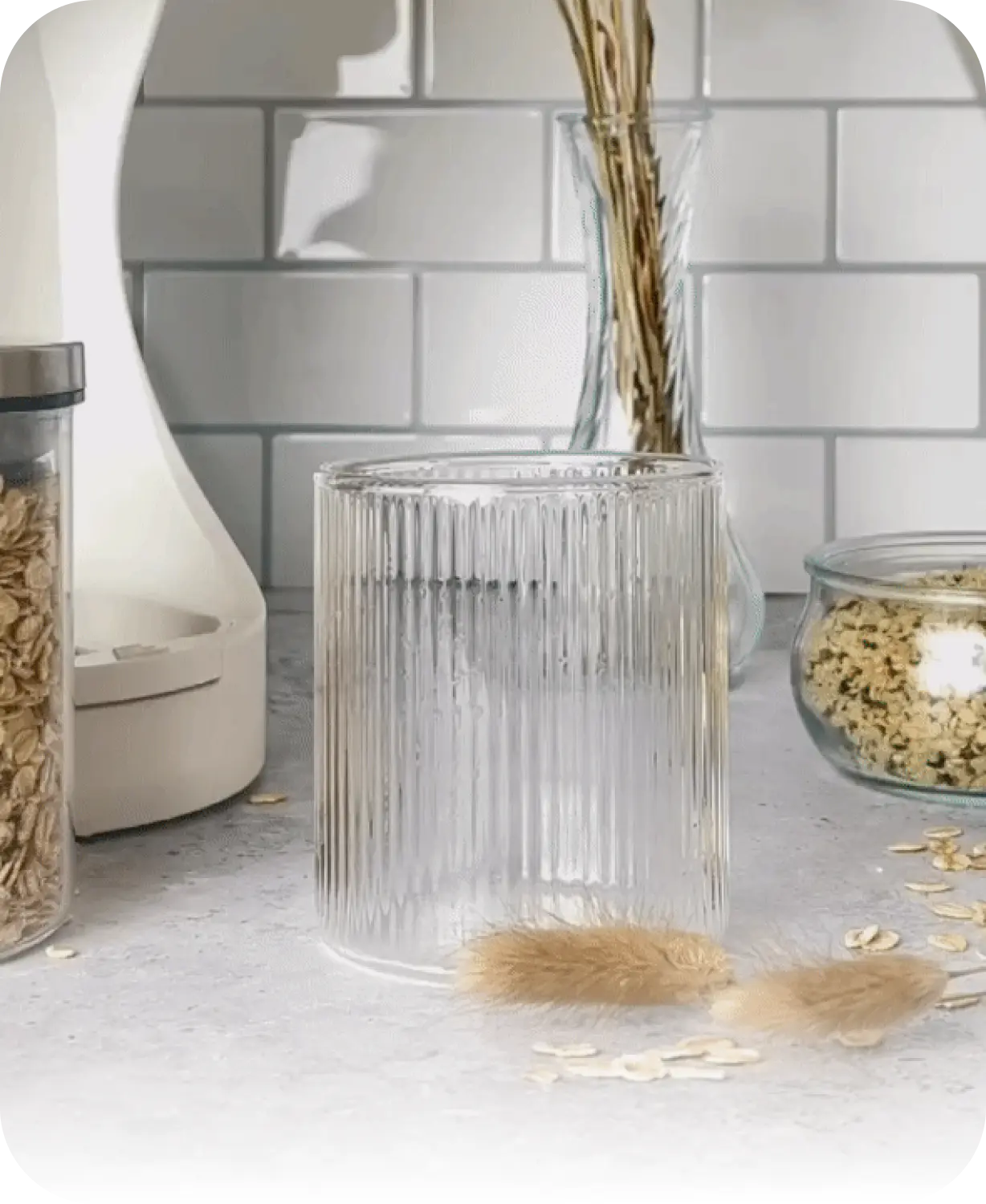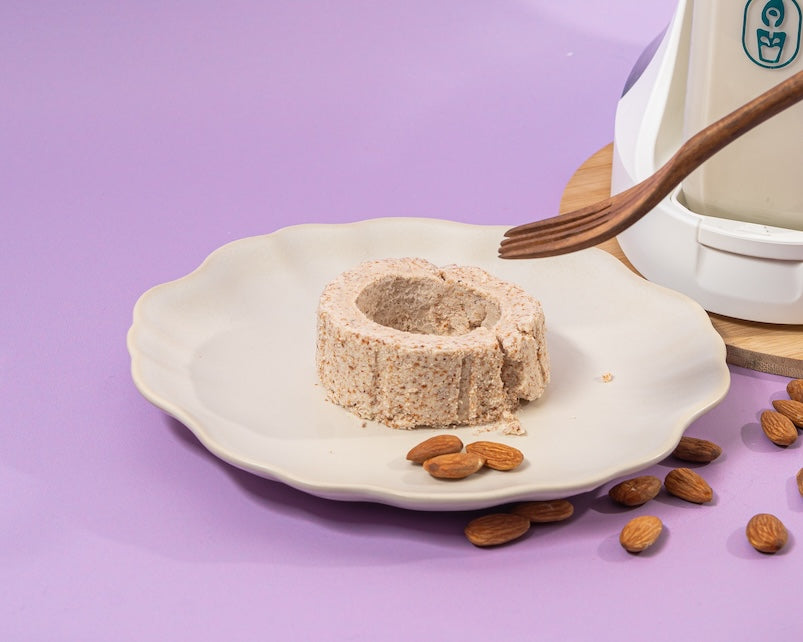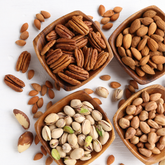Making fresh plant-based milk at home with your Milky Plant machine is a great way to enjoy delicious, preservative-free milk alternatives. However, after making almond, cashew, oat, or any other plant milk, you’re often left with a byproduct—pulp. Instead of discarding it, there are plenty of creative and sustainable ways to use leftover plant milk pulp in your kitchen. This not only reduces food waste but also adds extra nutrition and fiber to your meals.
Here are some delicious and practical ways to repurpose your leftover plant milk pulp:
Add to Smoothies and Smoothie Bowls
One of the simplest ways to use leftover pulp is to add it to your morning smoothies or smoothie bowls. Whether it’s almond, cashew, or oat pulp, the leftover fiber and nutrients will blend seamlessly with fruits, greens, and other smoothie ingredients, providing an extra boost of fiber and protein. Just toss a few spoonfuls of pulp into the blender along with your usual smoothie ingredients.
Make Nut and Seed Pulp Granola
Transform your leftover nut or seed pulp into a delicious batch of homemade granola. Combine the pulp with rolled oats, nuts, seeds, a natural sweetener like maple syrup or honey, and a bit of coconut oil. Spread the mixture on a baking sheet and bake at a low temperature until it turns golden and crispy. This granola is perfect for sprinkling over yogurt, smoothie bowls, or enjoying as a crunchy snack.
Bake Pulp Crackers
Leftover pulp is a great base for homemade crackers. Simply mix the pulp with some flour (almond, oat, or whole wheat), olive oil, herbs, and spices of your choice. Roll out the dough thinly and cut it into your preferred shapes. Bake until crispy, and you have a batch of healthy, fiber-rich crackers perfect for dipping in hummus, guacamole, or any of your favorite spreads.
Use in Plant-Based Burgers and Patties
Add some texture and nutrition to homemade veggie burgers and patties by incorporating leftover pulp. Mix the pulp with ingredients like black beans, chickpeas, quinoa, breadcrumbs, spices, and herbs. Form the mixture into patties and cook them on the stovetop or bake them in the oven. The pulp helps bind the patties together while adding moisture and extra fiber.
Incorporate into Baked Goods
Nut, seed, or oat pulp can be easily incorporated into various baked goods like muffins, cookies, banana bread, and even brownies. Simply replace a portion of the flour or oats in your recipes with the pulp. This not only adds fiber but also keeps your baked goods moist and flavorful. Almond pulp works especially well in recipes for almond flour cookies or cakes.
Make Dairy-Free Cheese or Dips
Transform almond or cashew pulp into a creamy, dairy-free cheese spread or dip. Blend the pulp with nutritional yeast, lemon juice, garlic, salt, and herbs until smooth. This can be used as a spread on toast, a dip for vegetables, or a filling for wraps and sandwiches. You can also get creative with the flavors by adding roasted red peppers, sun-dried tomatoes, or fresh herbs.
Create Plant-Based Energy Bites
Combine leftover pulp with dates, nuts, seeds, shredded coconut, and a sweetener like honey or agave to make energy bites. Blend everything together in a food processor, roll the mixture into small balls, and refrigerate. These energy bites are perfect for a quick, healthy snack on the go or as a lunchbox addition.
Enrich Your Soups and Stews
Add some extra fiber and texture to soups and stews by stirring in some plant milk pulp. Whether it’s a creamy pumpkin soup or a hearty vegetable stew, a few spoonfuls of pulp will add thickness and nutrition. Just make sure to blend it well for a smooth consistency, or leave it as is if you prefer a chunkier texture.
Use as a Base for Face and Body Scrubs
Leftover pulp isn’t just for eating—it can also be used in DIY beauty recipes! Mix almond or oat pulp with a bit of coconut oil, honey, and essential oils to create a natural exfoliating scrub for your face or body. The pulp provides gentle exfoliation, while the other ingredients help nourish and moisturize your skin.
Add to Pancakes and Waffles Batter
For a nutritious twist on breakfast, add leftover pulp to your pancake or waffle batter. The pulp adds extra fiber and texture to the mix. Simply fold a few spoonfuls of pulp into your batter and cook as usual. Your pancakes and waffles will turn out fluffy, wholesome, and packed with extra nutrients.
Make Plant-Based Meatballs
Incorporate nut or seed pulp into your favorite plant-based meatball recipe. Mix the pulp with ingredients like lentils, chickpeas, breadcrumbs, herbs, and spices, then roll the mixture into balls. Bake or pan-fry them until golden brown. These meatballs can be served with pasta, in sandwiches, or as an appetizer with dipping sauce.
Create a Homemade Compost
If you’re an avid gardener, you can use leftover plant milk pulp to enrich your compost pile. The pulp is biodegradable and adds valuable nutrients to your compost, helping your plants grow healthy and strong. Just make sure to balance it with other compost materials like dried leaves, grass clippings, and vegetable scraps.
Leftover plant milk pulp is a versatile ingredient that can be used in countless creative and sustainable ways. Whether you're incorporating it into your cooking, baking, beauty routines, or even composting, you’ll find that it’s an excellent way to reduce waste and maximize the benefits of homemade plant milk. With a little creativity, you can turn what might seem like a byproduct into a valuable addition to your kitchen and lifestyle.
Next time you make fresh plant-based milk with your Milky Plant machine, don’t let that pulp go to waste—try out some of these ideas and enjoy the delicious and nutritious benefits!















